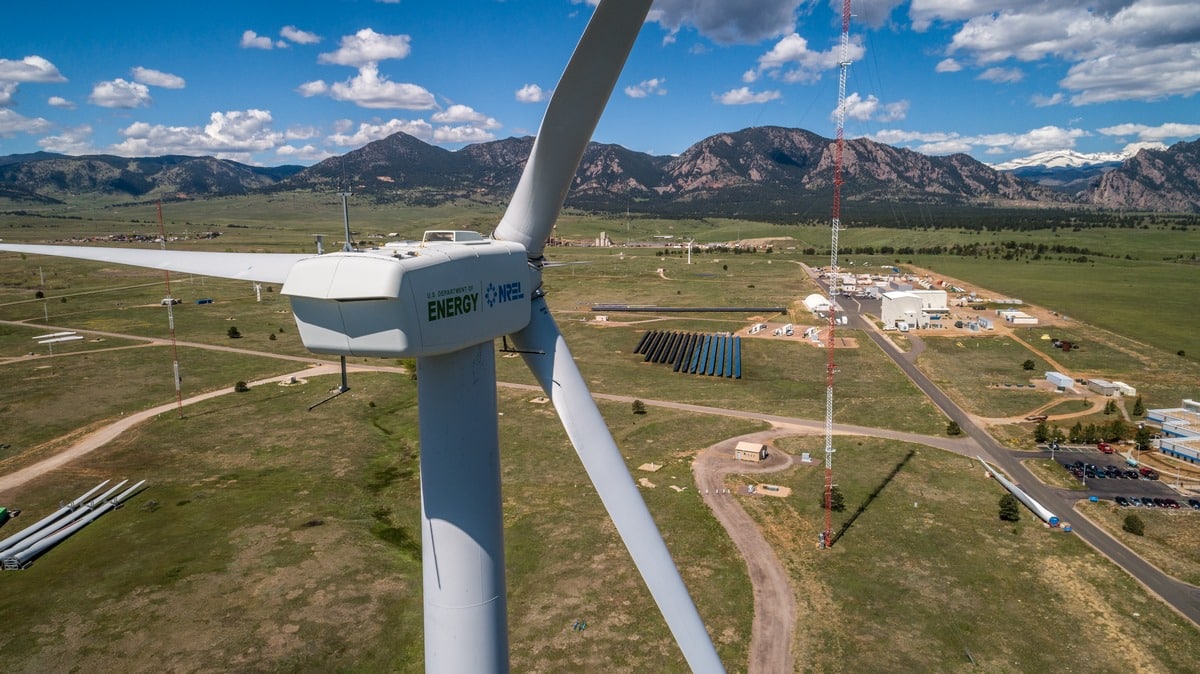
 Green gas, or biogas as it is otherwise known offers a replacement to that of natural gas and also provides a solution to landfill waste.
Green gas, or biogas as it is otherwise known offers a replacement to that of natural gas and also provides a solution to landfill waste.
Biogas is created from landfill waste, which would otherwise be incinerated, or left there to rot. It consists of a number of products and estimations suggest 20 per cent of UK domestic power as well as a large amount of business power could come from this source if it were harnessed to its fullest capacity.
Biogas is created from household food waste, brewing industry effluent, supermarket waste, catering industry waste and all other forms of organic wastes and sewage treatment sewages. This of course means the only cost in producing such waste is the collection of it.
Unlike biomass where crops are grown for burning; biomass uses the leftovers that would otherwise be thrown away to make energy.
One other plus of this form of energy is that it produces natural fertiliser as its off-product in an environmentally friendly fashion. This cuts back on the carbon emission heavy production of man-made fertiliser, which compounds the environmental problem.
How is it Produced?
Biogas is produced in a digester in the same manner as bio-fuel is made. The waste is placed inside a large airtight tank where it is transformed into methane as it decomposes. This gas can then be used for heating, electricity and even for automobiles with certain forms of combustion engines.
Landfill gas is generally around 50 per cent methane, but through the use of certain treatments and purification techniques it is possible to ensure biogas is up to 90 per cent methane.
It is also expected that it will be possible to create this biogas from specially bred strains of algae in the future.
The end product of this process is a sludge which is rich in nitrogen, phosphorous and potassium and is ideal for growing crops.
The gas must then be cleaned and the carbon dioxide removed. This is then pumped into the national grid and used in homes.
Cows
Through the use of this technique, biogas can be used to treat cow manure and turn it into a safe and useful product. When manure decomposes it produces nitrous oxide and methane, both of which are significantly more damaging to the atmosphere than carbon dioxide.
By converting this manure into biogas it is possible to prevent this nitrous oxide and methane escaping into the atmosphere and also creates power to be used by homes and business. It is estimated one cow produces enough manure to be converted into 3kW hours of electricity each day. In context, a 100W bulb uses 2.4kW in 24 hours.
Benefits
The benefits of biogas is very significant as they:
1. Save on fossil fuels and can be used for domestic and business gas
2. Protect forests
3. Save Money on domestic and business gas.
4. Prevent the waste of growing food to burn it, as is the case with biomass
5.Lower the incidence of nitrous oxide methane gas produced by cattle
6.Reduce air and water pollution
The potential for biogas as a replacement for domestic and business gas is significant and there are a number of positives for the use of this technology







